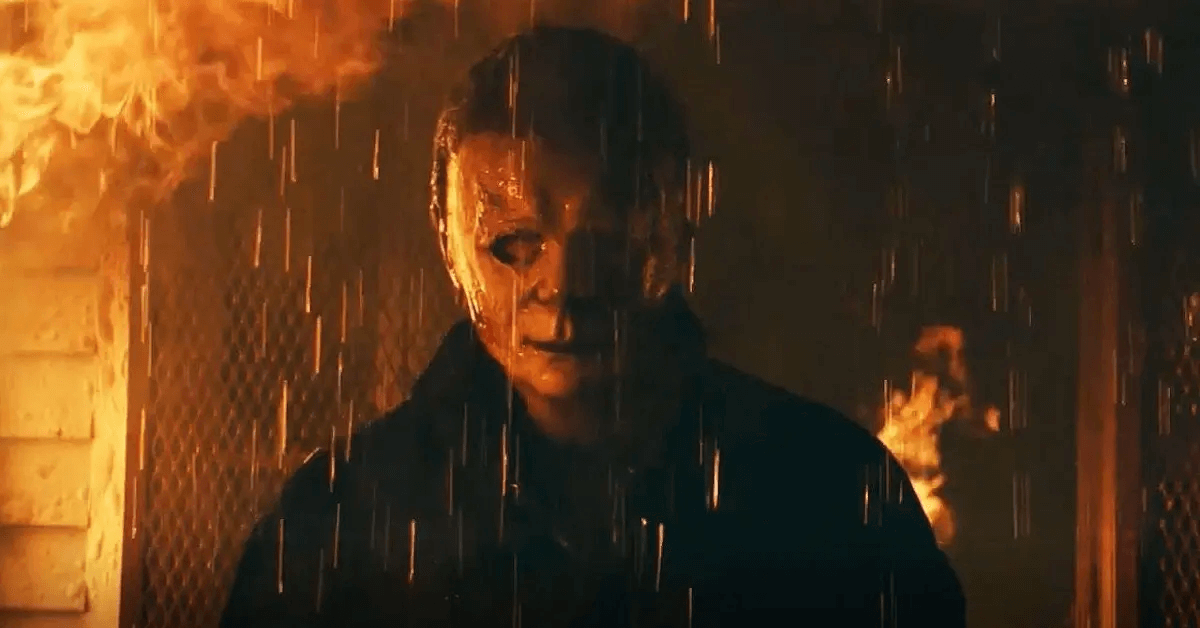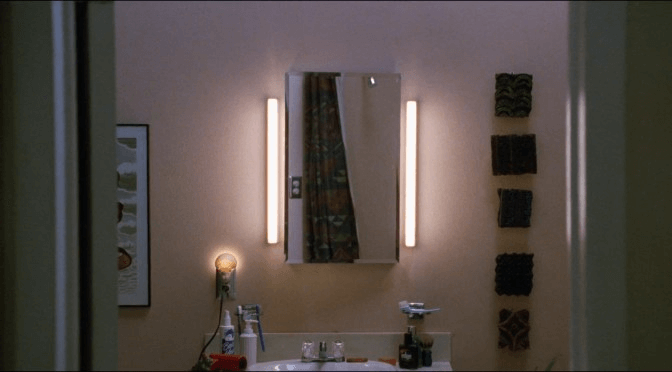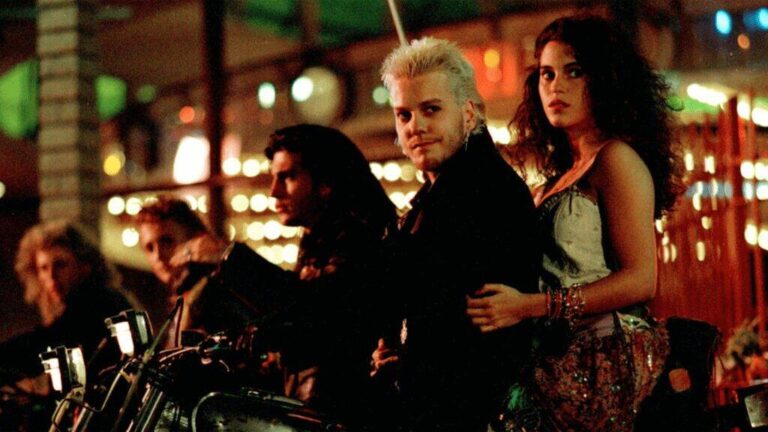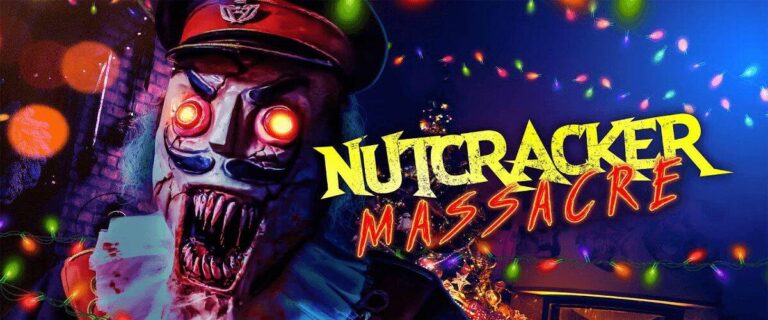Why is Horror So Popular During Tough Times?

Does Horror Create Terror or Release It?
First of all, happy Halloween everyone! It’s National Michael Myers Day today! Horror is everywhere on Halloween, but it retains a loyal and dedicated following throughout the year. October is annually a peak time for the genre, but it’s not the only time that horror sees a spike in popularity.
Although it seems counterintuitive, horror often experiences a surge during times of particular turmoil and crisis. For example, horror movies reportedly spiked in popularity during the Covid-19 pandemic.
Why are we more interested in consuming scary stuff when the real world is already filled with plenty of anxiety? Are we nuts? Maybe! But I think there’s a better explanation.
Evidence suggests that horror can reduce real life anxiety. An Arizona State University psychological study found that consuming horror content helped some participants deal better with real-life issues, while, for others, it made them feel invigorated due to the adrenaline rush it triggered. A third group disliked the anxiety that horror gave them, but they felt accomplished for overcoming their fears.
For example, watching or reading horror content about disease-ravaged communities may enhance our ability to mentally process real pandemics. This might seem crazy, but there’s data to back it up. A study concluded that horror fans showed above average resilience during the covid pandemic.
A Reflection of Society

Another key reason for why is horror so popular during challenging times is the genre’s unique ability to mirror societal problems. Horror works often comment (sometimes subtly, other times with the blunt force of a sledgehammer) on societal issues. Prejudice, environmental destruction, child abuse, mental illness, violent crime, nationalism, and extreme political polarization are all common themes.
Horror monsters are often allegories for real issues. The original Dawn of the Dead uses zombies to satirize consumerism. Sinners employs vampires to tackle racism. The Reformatory by Tananarive Due utilizes a ghost story as a frame to discuss racial issues and the Grady Hendrix novel Witchcraft for Wayward Girls uses witches to tell a tale about the societal degradation and abuse of teenage unwed mothers in the ’70s.
We increase our understanding and knowledge by examining these issues through the lens of horror fiction. Horror can enhance our sense of empathy toward those who are struggling, especially in regard to people with challenges that we ourselves do not have first-hand experience with.
A Cathartic Experience

Director Wes Craven believed that scary movies don’t create fear, they release it. At first glance, this is an odd take. Horror movies usually try to create fear, and the effective ones achieve this very well.
What Craven meant is that horror is a cathartic way to experience fear in a safe environment. This catharsis is the ultimate key to understanding horror’s appeal to so many of us. No matter what problems you face, horror provides a healthy avenue to explore them.







